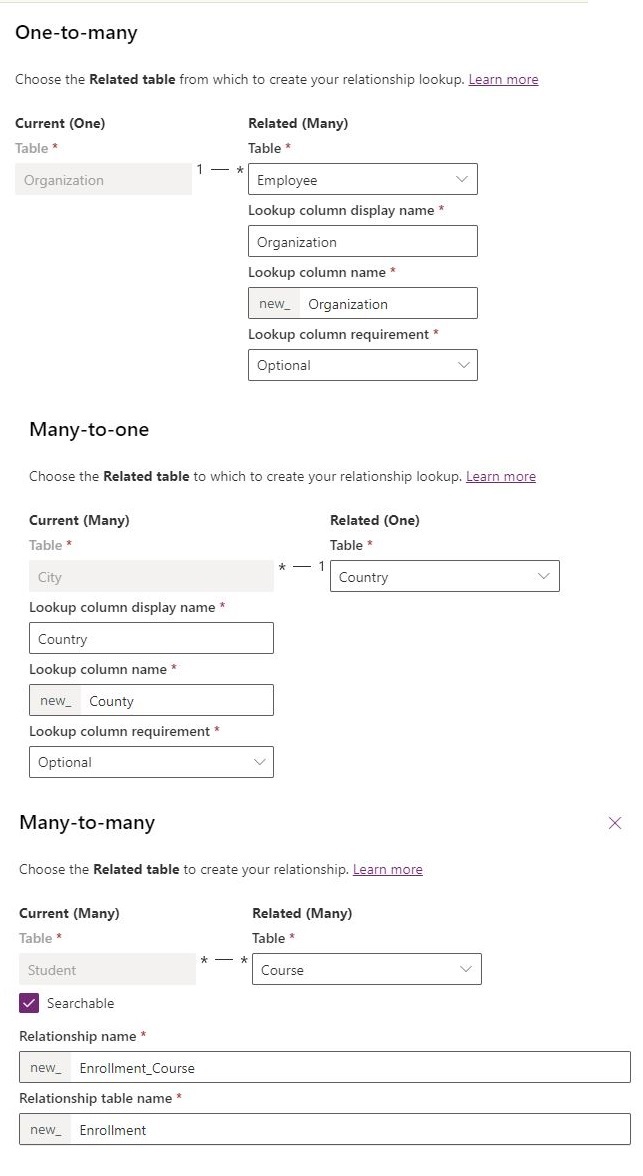One to Many (1: N)
Imagine you have a table named "Organization" and another named "Employee." An organization can have many employees, but an employee can be part of only one organization. This represents a One-to-Many relationship, and in this case, the relationship can be expressed as Organization (1): Employees (N).
Many to One (N:1)
Consider you have a table named "City" and another named "Country." A country can have many cities, but a city can be located only in one country. This establishes a Many-to-One relationship, and in this case, the relationship can be expressed as City(N): Country (1).
Many to Many (N: N)
Imagine you have entities called "Student" and "Course." A student can enroll in many courses, and a course can be enrolled by many students. This establishes a Many-to-Many relationship. For clarity, Student(N): Course(N). To achieve this, create a separate table named "Enrollment," which serves as an intersection table between "Student" and "Course," utilizing each table's default/primary column. Now, each record in the "Enrollment" table represents a specific student opting for a particular course, and vice versa.



